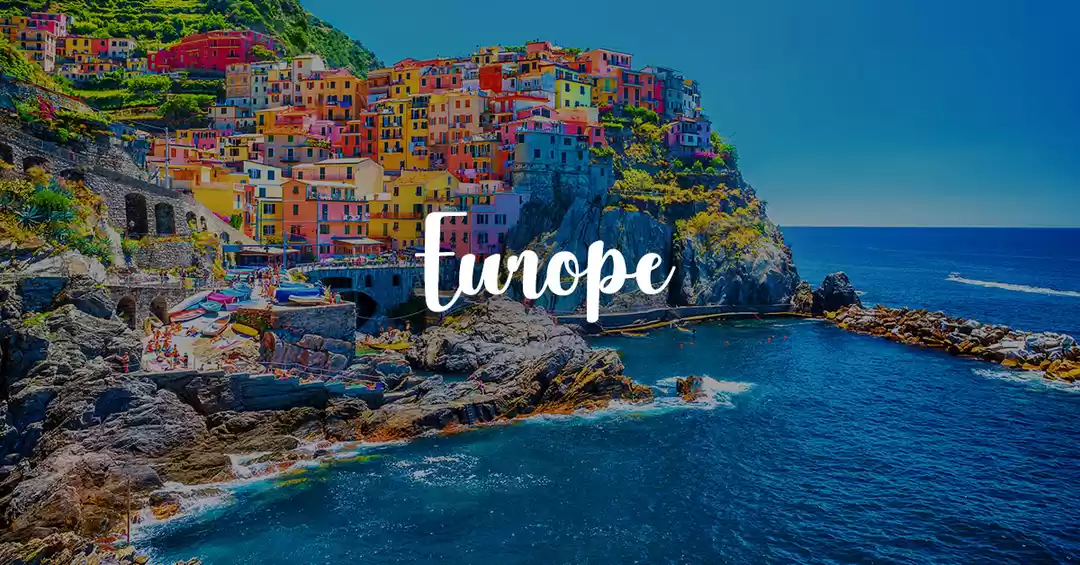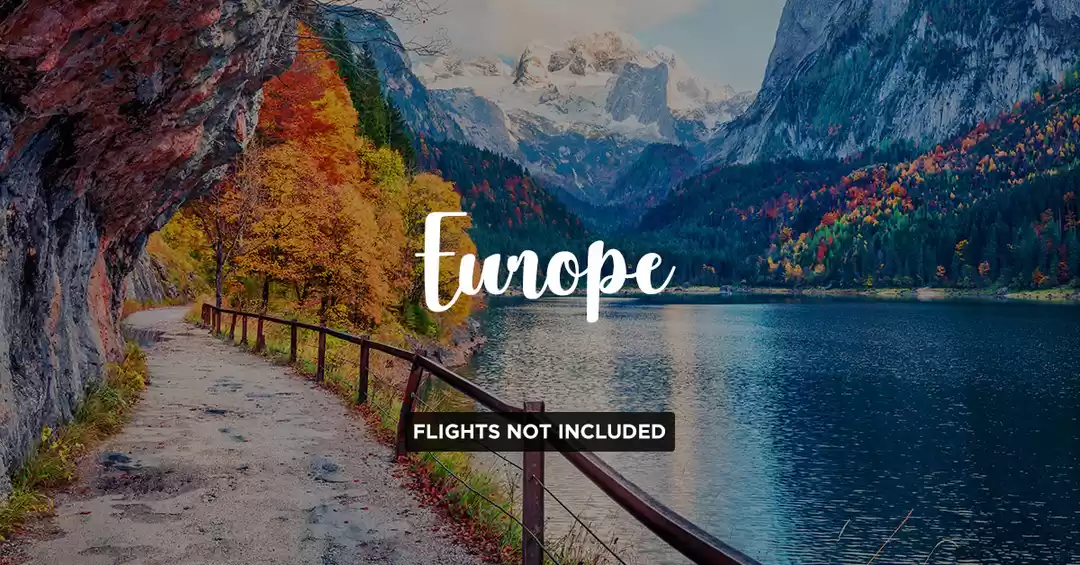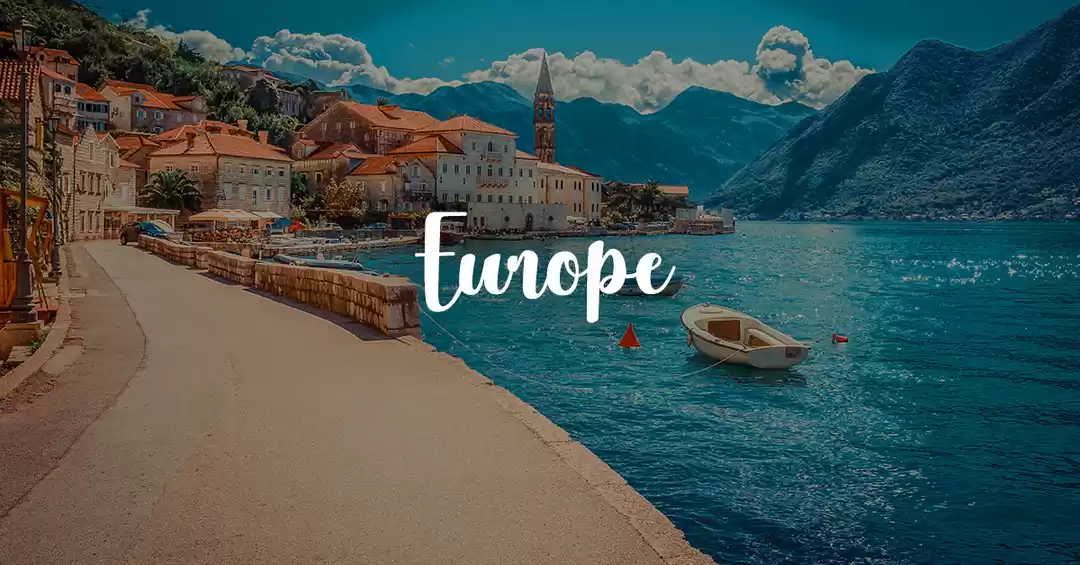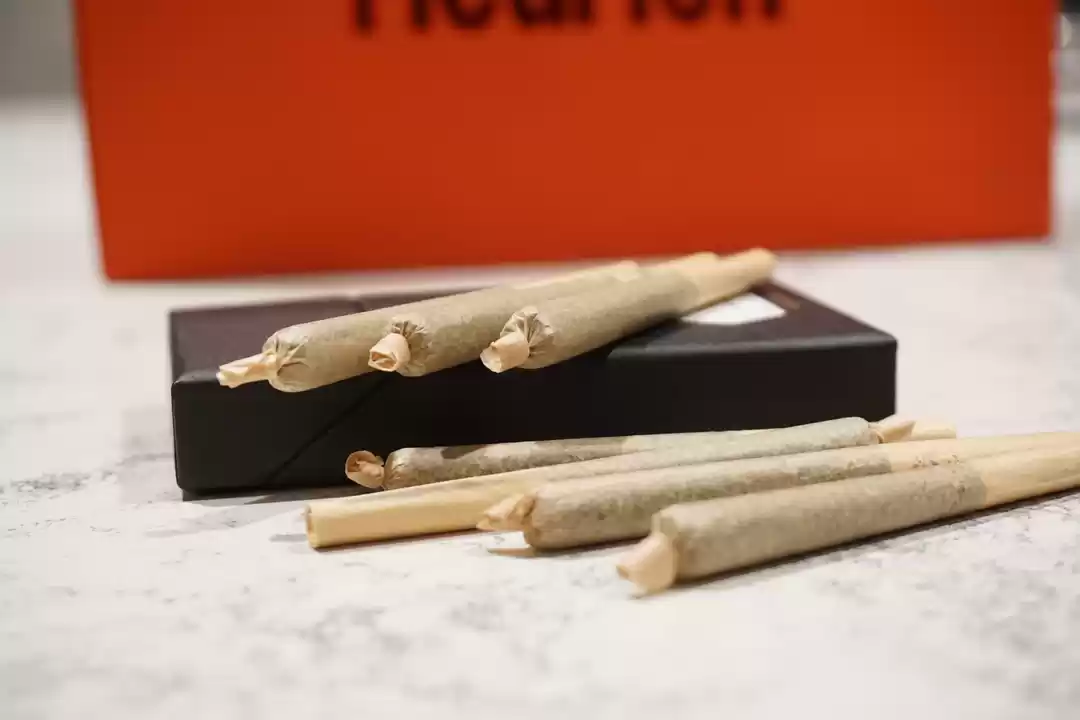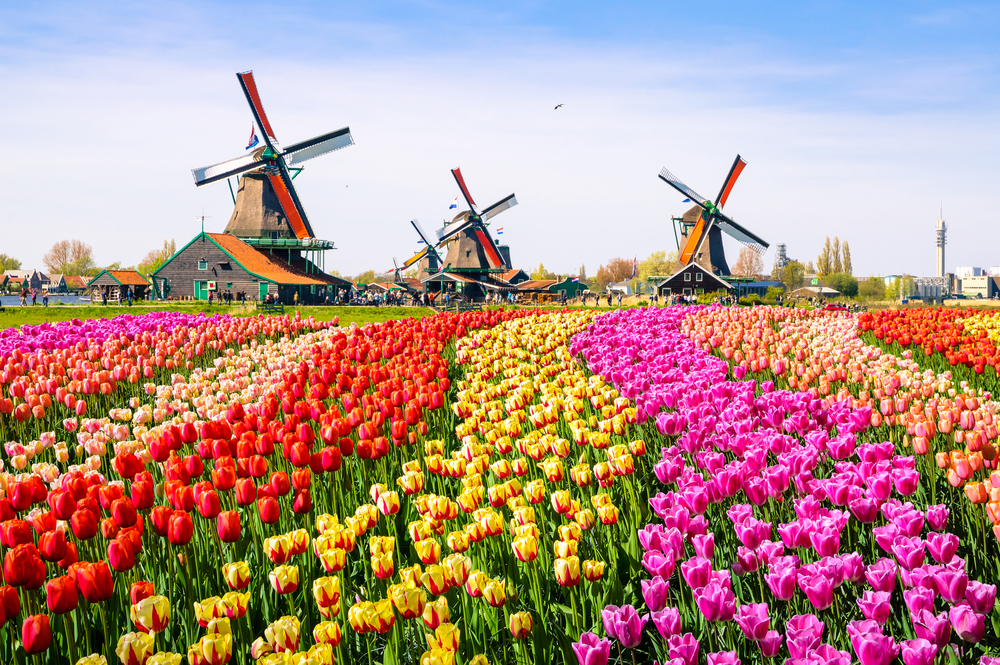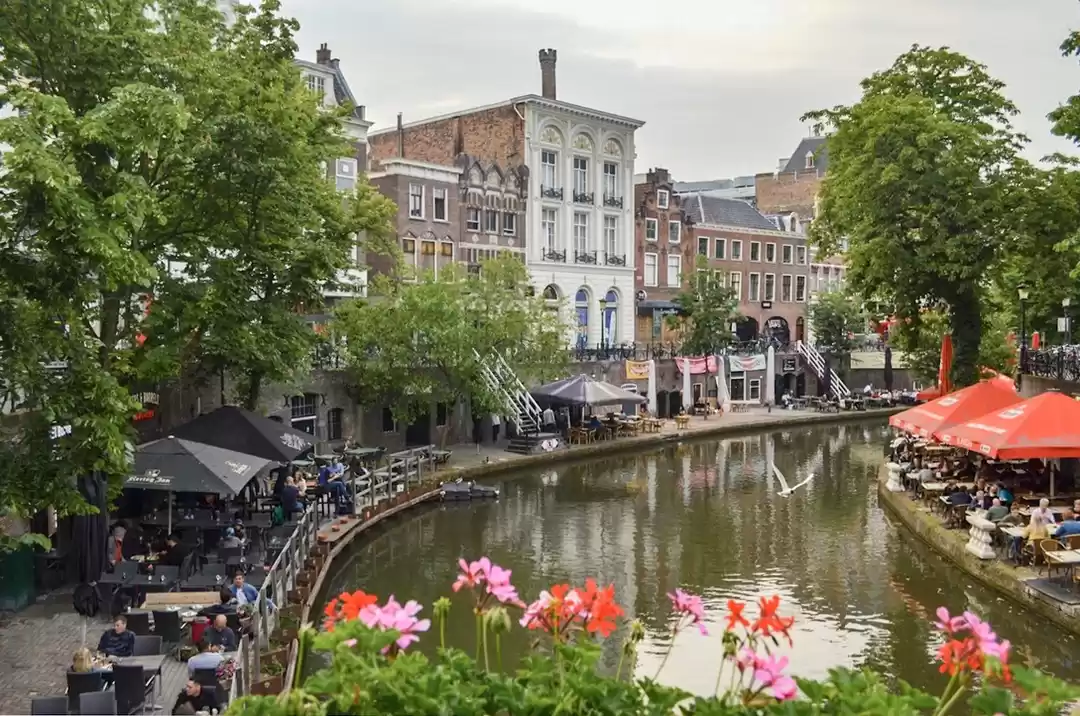








In 1935, the last piece of work to be carried out by H.P. Berlage, one of the Netherland’s first modern architects, was completed. Sadly, Mr. Berlage died one year before that building, the Gemeentemuseum in Den Haag, was finished. Now the low brick building that overlooks a rectangular ornamental pond is home to the largest collection of Mondrian paintings in the world. Berlage was a fan of using brick in his buildings as he felt it added visual strength and mass to the walls. He specifically used brick rather than marble or stone for the Gemeentemuseum because he felt the building should not impress the public but instead should invite them in. In addition to the Piet Mondrian collection, you will find works by Picasso, Appel and Klee, amongst others.

The Dutch island of Texel, 20 minutes from mainland the Netherlands, has a celebrity. Well make that several celebrities. Each year more than 300,000 visitors make their way to Ecomare, a nature centre in the dunes, to visit the rescued seals. Two species of seals live along the Dutch coast – the grey seal and the harbour seal. Both types hunt for fish in the North Sea and the Wadden Sea. The seal population has faced its fair share of challenges. Prior to 1980 it experienced hunting and pollution. Then two virus epidemics in 1988 and 2002 also affected the population. Despite rebounding back from these challenges, a few seals still need an extra hand. Seals have been cared for on Texel since 1952. Back then the seals were held at the former Texels Museum. The seals at that time were not released due to active hunting. Nowadays, approximately 30 seals are cared for and returned to the sea each year. A small cohort also live permanently at Ecomare – many of which are blind or missing teeth. With the ability to get up close and look into their sweet faces, it is no wonder why the seals are quite literally stealing the show. But there is much more to Ecomare than its popular residents. For example, the current exhibition on the oarfish, a monster of a fish, sends shivers down your spine while intriguing you at the same time. The oarfish was found on Texel on May 19th 2009 (another one was found on the nearby island of Vlieland). Some parts of the oarfish have been preserved in conservation fluid while a replica has been made for you to admire.

In the early 17th century, Maurice of Nassau had an idea. He proposed a series of water based defences that when combined together with natural bodies of water would have the ability to transform the economic heartland of the Dutch Republic (i.e. the province of Holland) into an (almost) island. It was a smart idea – one which was fully completed by his half-brother, Frederick Henry. The original Dutch Water Line ran from the Zuiderzee, now known as the Ijsselmeer, down to the river Wall with fortified towns dotted along the line. The water was always just deep enough to cause a hindrance to enemies who might be trying to pass through on foot but deep enough that boats couldn’t be used to breach the defence.
Over the years the water line has changed from its original form to a more modernised version after the United Kingdom of the Netherlands was formed and then again after World War II, until it was dismantled by the government in 1963.
Nowadays the water line has become known for its natural beauty. A number of the old forts are open for bikers and hikers, who frequent the paths, to stay the night and some of the former fort areas have been renovated in an attempt to preserve what once was.
One such location is Fort de Roovere, in Halsteren. This was the largest fort on the West Brabant portion of the water line. The fort was surrounded by a defensive moat – good for keeping enemies out but not so good for letting visitors in. Therefore, an extra element needed to be added to allow visitors to cross the water. But when someone goes to so much trouble to keep enemies away; it seems a bit disrespectful to mock the effort by building a bridge over the water, letting everyone in.
From the side, it almost looks like people are walking through water
And that is where the architects Ro&Ad came in. Their sunken bridge design means that the only thing you might see bobbing across the moat are the tops of visitors’ heads and it is this appearance of walking through wa

Housing modern and contemporary art, the Groninger Museum is made up of three main pavilions that when put together create a radically modernist, attention grabbing venue. Finished in 1994, the building boasts the internationally renowned Alessandro Mendini as head architect, a striking spiral staircase and an assortment of colours, shapes and materials throughout. Originally costing 25 million Guilders (approximately 11 million Euros), the building was paid for mainly by Gasunie, who in celebrating their 25th anniversary wanted to give a gift to the city of Groningen. And even if you aren’t a fan of art, this museum is still well worth a visit – because the building is one of those places you just have to see.

I don’t like snakes and I am horrible with art (creating or interpreting), so when I had the opportunity to visit the CoBrA museum, I wasn’t sure if I should be terrified or just nervous. As it turns out, the CoBrA museum has nothing to do with snakes – well not live ones anyway. Located in the city of Amstelveen, the museum focuses on the European avant-garde movement, named CoBrA, which was active from 1948 – 1951. The word CoBrA is actually made up of the initials of the member’s home cities – Co for Copenhagen, Br for Brussels and A for Amsterdam – and a curled snake became their symbol. As we moved through the gallery looking at different paintings made by famous artists including Karel Appel, Constant and Asger Jorn the inevitable question that makes my heart beat faster and my palms begin to sweat was asked. To CoBrA, anyone can make art and anyone can interpret it. Gone are the ideas that you need formal training, a worked out plan and years of effort to make a painting. You just show up, do the job based on your thoughts at the moment and then you move on. And it is equally true when it comes to looking at the art. What to you is a dog is to me a cat and is to both of us a tree tomorrow. No hard feelings, no artists getting upset because you missed the point and no need for sweating hands when someone asks you “what do you see?” I left the CoBrA museum feeling quite inspired, maybe even tempted to make a little art myself. At the very least I had a new foundation for approaching art and a greater respect for the group that was the cause of my change in perspective.

Since Rotterdam does happen to have one of the largest harbour’s in the world, you would think that I would have made it to the Maritime Museum a little sooner than I did. However, I always glanced over its name on the museum list thinking “ships…b-o-r-i-n-g”. Little did I know that the Maritime Museum Rotterdam is filled with loads of fun things, which had I known, I would have visited much sooner than I did!
The Maritime Museum is located in the city centre of Rotterdam, about half way between Central Station and the Erasmusbrug. It is a large building, which apart from the ships behind it (only one of which is actually part of the museum) looks rather boring, even if there was a caged tiger making roaring sounds outside (not real of course!). Once inside, you get your ticket, hang-up your coat and head off to explore. However, the best bit in my opinion, of the whole museum is the free entry onto one of the former naval ships dating back from 1868, known as De Buffel (The Buffalo). The ship itself isn’t huge but it does have several levels that you are able to explore. The ship is filled with information (in several languages), has loads of hands on activities (of which I only managed to break one but it was quickly fixed, phew!) and all the areas are kitted out with replica furnishings, realistic sounds and even some dodgy mannequins. I could have easily spent hours aboard, especially as there was little chance of sea-sicknesses but I was pulled off the ship by a Resident Cloggie who didn’t find shoveling coal into the furnaces as exciting as I did. All-in-all the Maritime Museum Rotterdam is a pretty cool museum to visit and the exhibits they have change regularly. Access to the Buffel is via your museum ticket so don’t forget to pick it up at the entrance.

De Dubbelde Palmboom, is one of the three locations that make up the Museum Rotterdam. As you probably guessed the museum focuses on things about Rotterdam. The exhibitions change over time but on this particular visit they focused on technology through the ages, recycling, rooms and shops from earlier time periods and a couple of smaller exhibits.
You aren’t allowed to take photos in the museum which was really disappointing because not only were the displays worth taking photos of but so was the building, a double gated warehouse from the 19th century. We had a great time. We started off playing with the old phones, as I attempted to connect RC’s telephone call to another telephone in the area via the old fashioned switchboard. We played records on the turntable, laughed at the Sony discman, attempted to beat each other at Atari and left messages in morse code for future guests. Downstairs we printed off stickers, dug for broken artefacts and walked down the carpeted street complete with life size, old fashioned shops and home interiors.

Hidden away in the small town of Oudenbosch in the Netherlands, stands one of Holland’s most hidden treasures. As you approach the town of Oudenbosch your eyes are immediately drawn to the large Italian style basilica dominating the flat country-side. No one would judge you for thinking you had suddenly landed in Italy as the Basiliek van de H.H. Agatha en Barbara was built with the intention of being a smaller-scale replica of St Peter’s basilica in Rome.
Stepping out of the car and walking up towards the basilica, one surprising thing you notice, apart from its massive scale and amazing detail is how the rest of the town is built right around the basilica, no gigantic pavements or gardens for this basilica!
Inside leaves the mind boggling with trying to decide which way to look first. From domes to sculptures, every direction you look is rewarded with an amazing and beautiful view, even if you aren’t a fan of church architecture. The atmospheric yet unobtrusive music being played inside, along with the flickering candle flames all just adds to an experience that is a delight the senses.
The basilica itself is huge, 81 meters long, 55 meters wide and the height of the dome is 63 metres. However not everything is as it first appears, the wealth of marble is in fact on closer inspection ‘only’ painted wood – however it is none the less beautiful for these frugal adjustments, if anything it makes it even a bit more impressive.
For the stair climber amongst you, you can take the spiral staircase up 140 steps (I know many websites say 144 steps but the door leading to the staircase specifically said 140 steps – I have the photo!) to a great view from inside the top of the main dome.
Whether you visit the Oudenbosch Basilica for religious, photographic or architectural reasons, it is definitely a location not to miss.

Hidden away, just outside the city centre of Arnhem is a really lovely museum called the Openluchtmuseum (Open Air Museum). The large area of land is filled with historical buildings from different time periods and different regions all over the Netherlands. From farmhouses to windmills there is something for everyone.
The majority of the buildings are open to the public and many have staff who will tell you all about what life was like in that building. There is also a sweet shop, historical store, playground and a historical tram in case you don’t feel like walking all of the three hour route.






